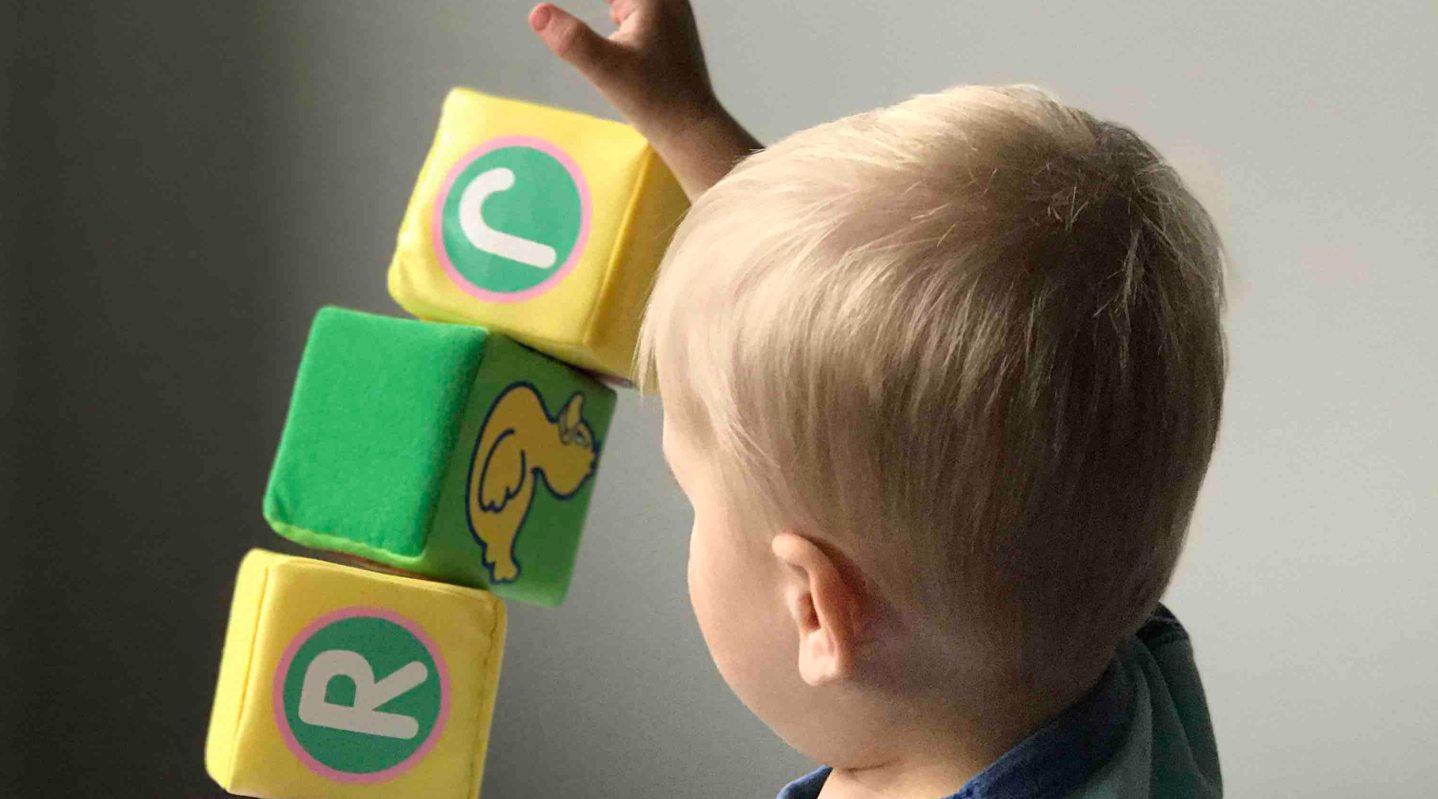An Australian team has developed the world’s first behavior therapy shown to reduce autism spectrum disorder-like behavior enough in infants to avoid, through improvement, a clinical ASD diagnosis.
The therapy reduced the likelihood of ASD-diagnoses at the three follow-up dates of 18, 24, and 36 months of age by two-thirds in 105 Australian children, and shows that early intervention—when autism is only suspected—can jumpstart the child’s social skills and produce positive knock-on effects later in life.
The therapy is known as the VIPPP method, because that’s how important our children are. In reality it stands for Video Interaction for Promoting Positive Parenting, and acts as a sort of translation app and play-by-play review, whereby following a period of interaction with a child displaying one of the four signs of early ASD, a doctor and parent can review footage of the interaction to help the them understand exactly how the child is trying to communicate.
Instances of avoiding eye-contact or not responding to their name can be signs a child might go on to develop ASD, and working around those barriers to help the child develop social skills when they’re so young was the key to the success of the trial.
MORE: Now Children With Autism or Sensory Issues Can Buy Vans Shoes Designed Exclusively For Them
“This is the first worldwide evidence that a pre-emptive intervention can reduce autism behaviours and the likelihood of a later diagnosis,” said Professor Andrew Green at the University of Manchester, according to the Guardian.
“We think this is a landmark finding because it suggests intervention at this early time can have this substantial effect. It may well change the way services provide support to a large number of children worldwide.”
RELATED: Inspired By Brother With Autism, New App Helps Adults With Special Needs Make Friends
While the statistical effect of the therapy wasn’t immense, there were other positives, for example the improvements made at baseline were sustained by 24 months.
Furthermore while around 20% of the children who went without the therapy received an ASD diagnosis at age three, just 6.7% of the those who had the therapy did.
SHARE This Hopeful News With Others in the Know…





















The effect is spectacular actually — this article mistakenly says the likelihood of diagnosis was reduced by one-third, but the facts in the underlying Guardian news story say it was reduced by two-thirds. (Put the other way, the number of diagnoses in treated children was only a third as many as in the untreated children.)
This therapy might not be all you think it is. If this therapy suddenly made the child not meet the diagnostic threshold for autism it’s likely many of these children were never autistic to begin with and only had symptoms that made them look autistic. Some of these children could go on to meet the diagnostic threshold for other conditions later in life. Also teaching an autistic child social skills does not make them not autstic it’s just teaches them to mask to look neurotypical and just because someone looks neurotypical dosent mean they are. Experts have shown you can’t prevent autism. Once a child is born with autism there autistic you can’t rewire there brain into a neurotypical one. Trust me I’m autistic I know.
Maybe your statement “you can’t rewire there brain into a neurotypical one” is disproven by “it teaches them to mask to look neurotypical”. Maybe teaching them to look neurotypical IS rewiring brains. Do you really know?
Well yes actually I do because I went through many therapies and I am still autistic and many autistic people go through many therapies and are autistic and keep in mind the study said some of these children still went on to have an autism diagnosis. And also this therapy was done when signs of autism were suspected not diagnosed. Many other conditions can look similar to autism and it’s possible some of these children could have had a condition that looked like autism and they may have improved through this therapy.